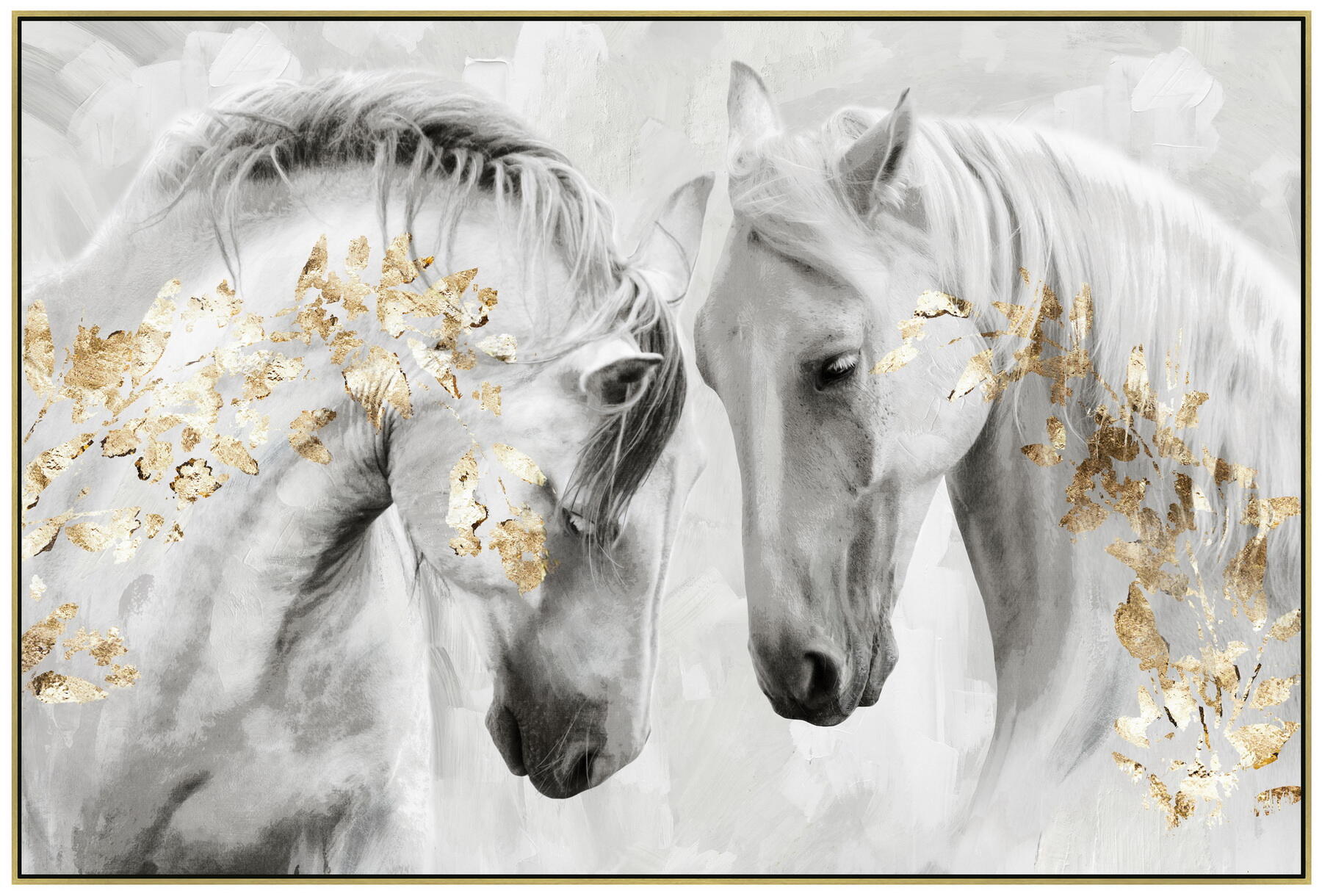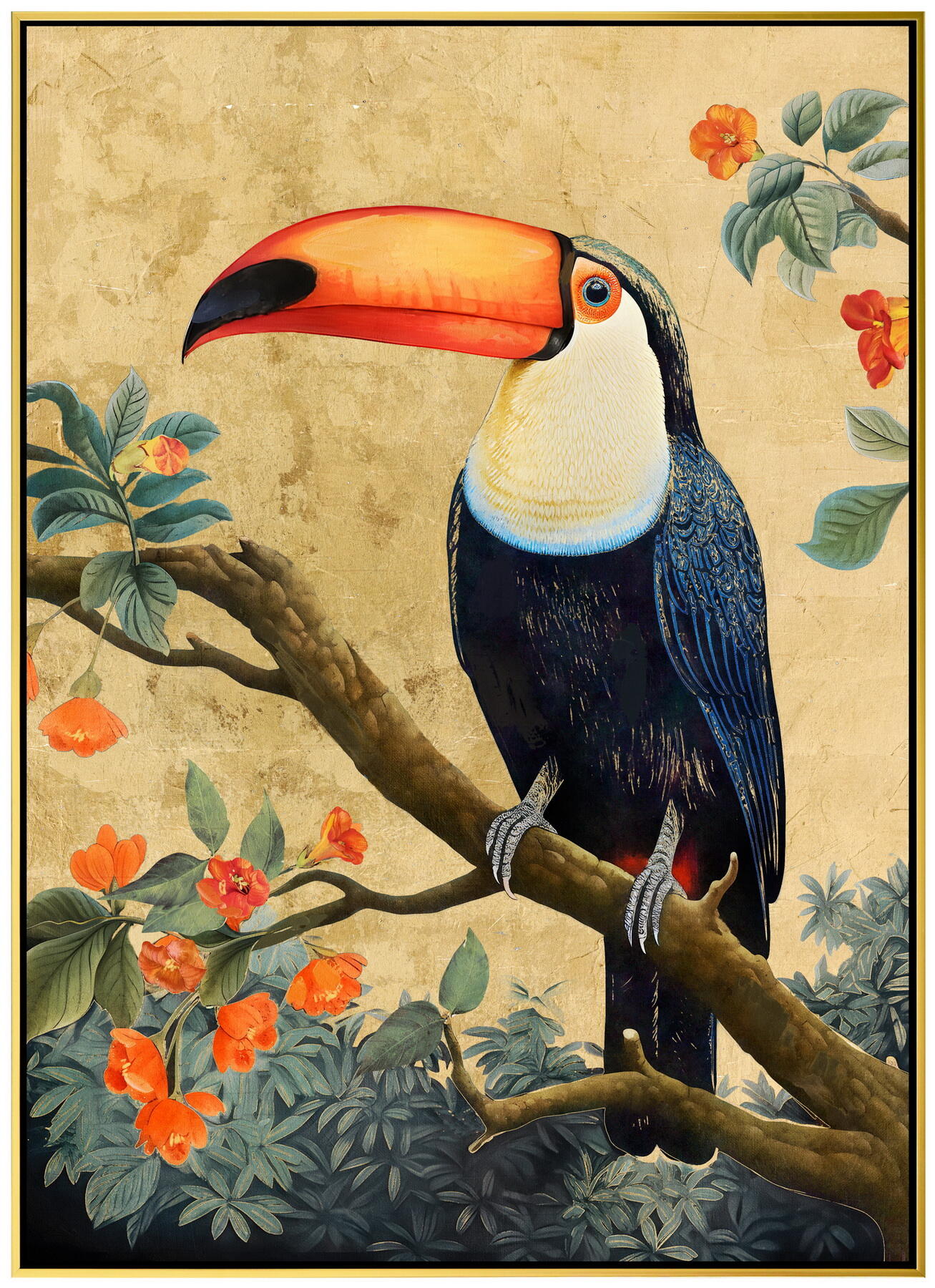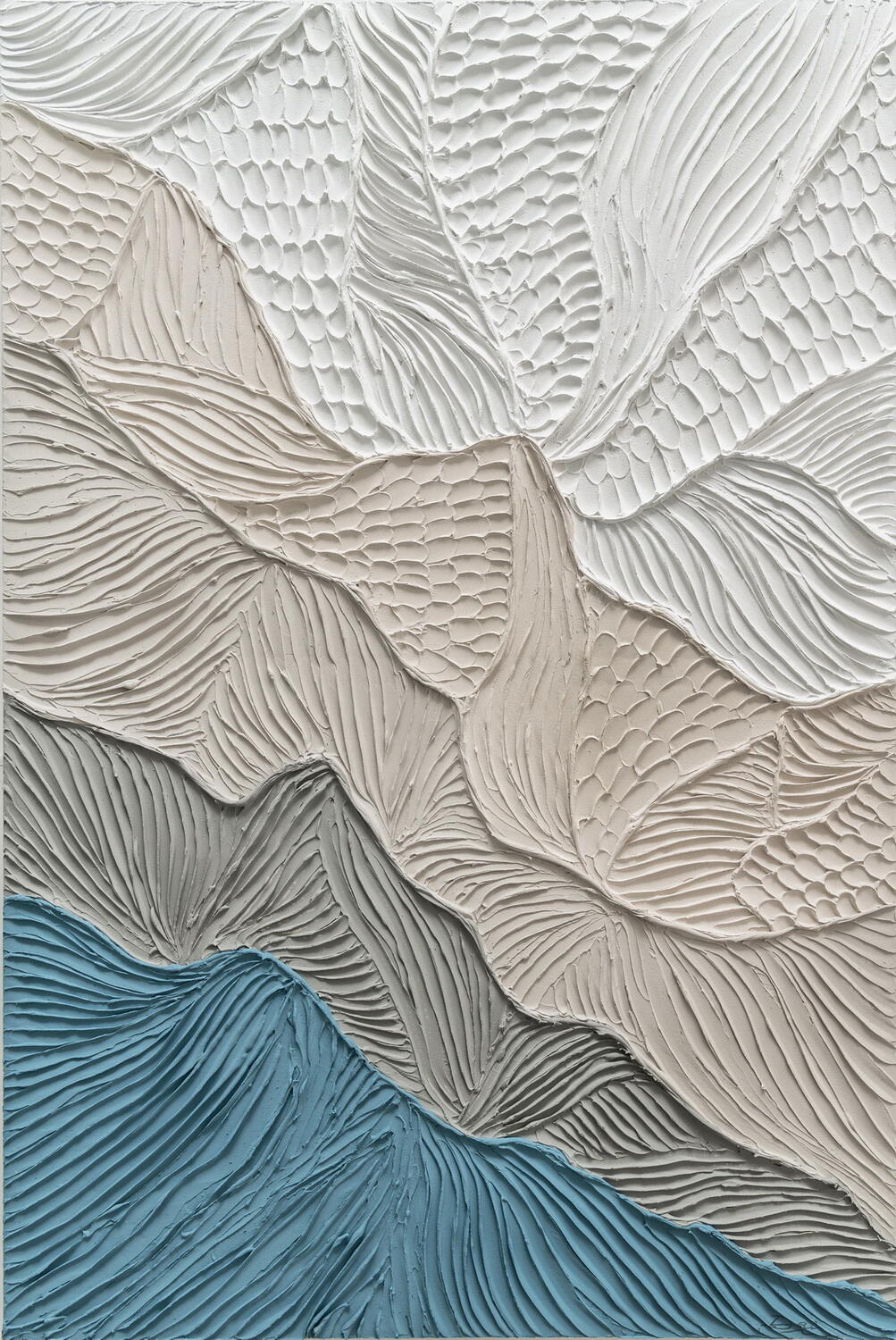chinese art painting
Chinese art painting represents one of the oldest continuous artistic traditions in the world, characterized by its unique blend of technical precision and spiritual expression. This ancient art form encompasses various styles, from meticulous detail work (gongbi) to spontaneous ink-wash paintings (xieyi). Using traditional materials including rice paper, ink, and natural brushes, artists create works that embody the harmony between humanity and nature. The paintings typically feature subjects such as landscapes, flowers, birds, and human figures, each executed with careful attention to composition, brush technique, and the essential principle of qi (vital energy). Modern Chinese art painting has evolved to incorporate contemporary elements while maintaining its traditional roots, making it relevant in today's artistic landscape. The practice involves mastering fundamental techniques such as brush control, ink gradation, and composition principles, which often takes years of dedicated study. These paintings serve multiple functions, from aesthetic decoration to spiritual meditation, and are valued for their ability to convey complex philosophical concepts through seemingly simple strokes.


